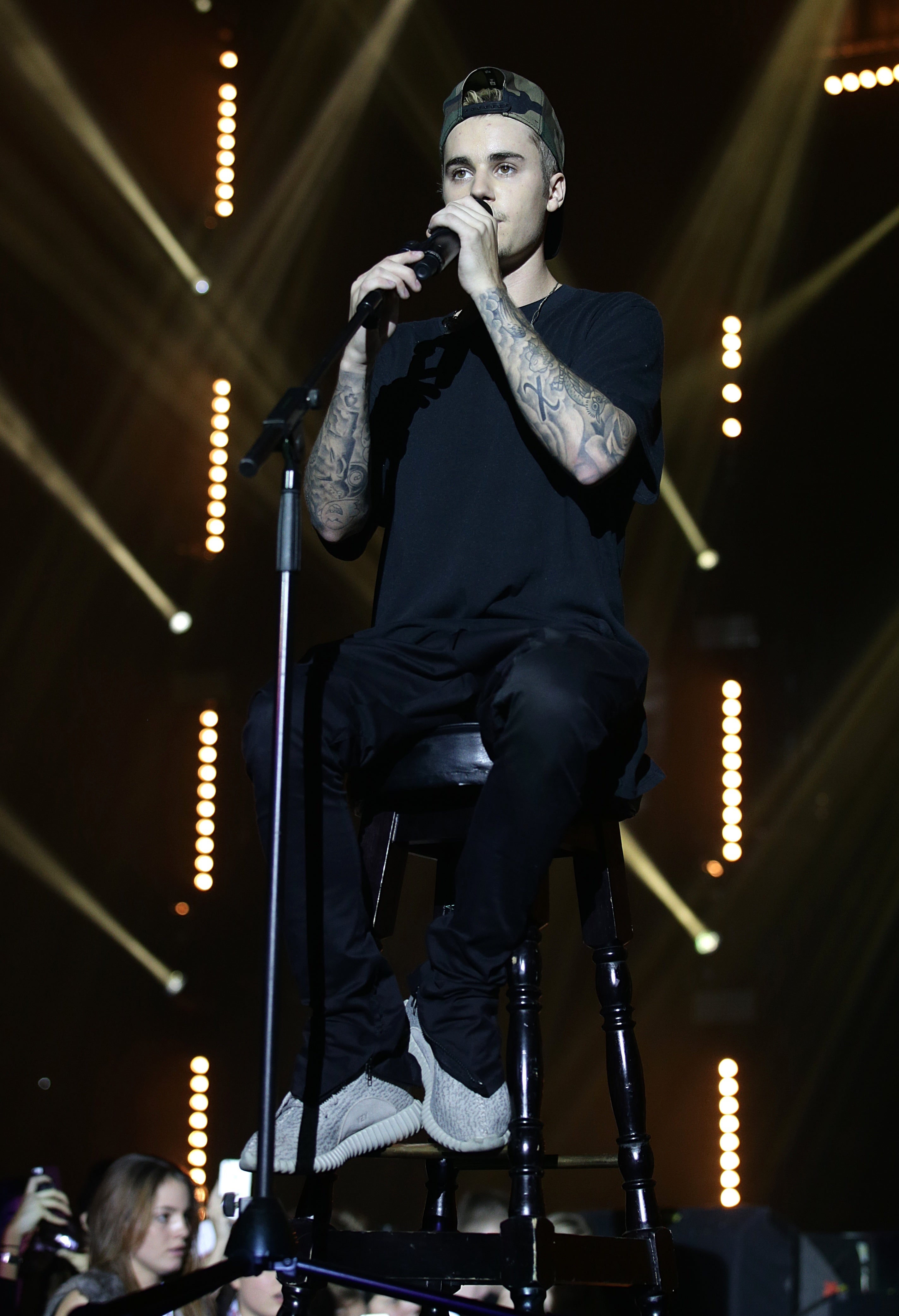Justin Bieber: What is Ramsay Hunt syndrome?
The Canadian popstar posted a video on his Instagram saying he is suffering from ‘full paralysis’ on one side of his face.

Justin Bieber has said he is suffering from “full paralysis” on one side of his face after receiving a diagnosis of Ramsay Hunt syndrome.
The Canadian popstar posted a video on his Instagram informing followers of his diagnosis and that he would be cancelling upcoming dates on his Purpose tour as a result of a “pretty serious” case of the condition.
The 27-year-old said that he had been doing facial exercises to regain movement, but it would still take time to recover.
Here is all you need to know about the condition.
– What is Ramsay Hunt syndrome?
Ramsay Hunt syndrome (RHS) “is a condition that is due to viral reactivation. It’s one of 60 causes of facial palsy, or facial paralysis as it is called in the States,” said Charles Nduka, consultant plastic reconstructive surgeon who specialises in facial paralysis and founder of health charity Facial Palsy UK.
The charity’s website explains that RHS is a complication of shingles – which is caused by the same virus which causes chickenpox – and the term describes the symptoms of a shingles infection affecting the facial nerve.
– What are the symptoms?
Mr Nduka said that RHS is often misdiagnosed as Bell’s Palsy – the most common cause of facial paralysis – and it also causes difficulties for diagnosis because of its varied presentation.
However, the first sign of RHS is often a small rash, as well as weakness on the affected side of the face and loss of facial expression.
“It’s not always obvious, but you could have a really tiny patch of a rash inside your ear. It could be inside your mouth, or your tongue, in your throat, it could be anywhere or even not visible at all.”
He added that patients can also suffer from problems with their balance, earache and chronic pain.
– What are the causes?
“One of the things that is quite clear, certainly from talking to lots and lots of patients over the years, is that usually before it comes on, there’s some sort of intercurrent illness or stress, the immune system is a bit depressed,” Mr Nduka said.
“Oftentimes people are experiencing other issues socially or physically, of course and to be rundown, and so much in the same way as with shingles you get this reactivation of the virus when the body’s immune system is no longer able to keep it under control.”
Bieber described his own experience with the condition as “my body is telling me I gotta slow down”.
– What are the treatment options?
It is vital that the type of facial paralysis is identified correctly early on, because the treatment for RHS differs from that of Bell’s Palsy.
Mr Nduka explained: “With Bell’s Palsy, patients need to receive oral steroids within 72 hours of onset to maximise the chance of recovery. Whereas, with Ramsay Hunt syndrome, they must receive steroids also, but in addition they must receive antiviral treatments, again as soon as possible after the onset, and if they don’t receive those then their rate of recovery drops from about 70% down to 50%.”
He also warned patients not to do unsupervised and excessive facial exercises, because “they can actually cause the recovery to become disorganised and end up with the face actually worse off than if they had just left things as they were to recover slowly”.
“It’s really important people just do what’s recommended and no more because it’ll do more harm than good,” he added.
The Facial Palsy UK website lists information about official exercises to help recovery from Ramsay Hunt syndrome.
Bookmark popover
Removed from bookmarks